Many individuals love showing their creative side as a way to relieve stress and improve their well-being, and this can also significantly help those with addiction. The post How Creativity Aids in Addiction Recovery appeared first on Echo Recovery.
As children, weíre shown how to color and paint pictures in ways that show off our creativity. Many people stop drawing or creating art as they get older, and unfortunately, weíre no longer encouraged to use creative expression in our daily lives. However, art can be an effective tool in helping those with substance use disorder (SUD) reach and maintain recovery.
SUD can feel debilitating and can be one of the most challenging situations youíll ever navigate, but it doesnít have to continue to negatively impact the rest of your life. Art, in its many forms, can make the experience of recovery more fulfilling and enjoyable. Whether you like to paint, write music, or doodle in your journal, art may be the tool you need to bolster your recovery journey.
ECHO Recovery is a community filled with people who once felt they had no direction. For many of us, artistic expression provided the key we needed to unlock new ways to improve our mental state. Recovery lasts a lifetime, and it can thus be a lengthy journey, but itís a journey worth taking. Art is just one of the powerful tools you can use to improve your recovery journey and prepare to move forward into a life free from substance use.
Art Therapy and Recovery
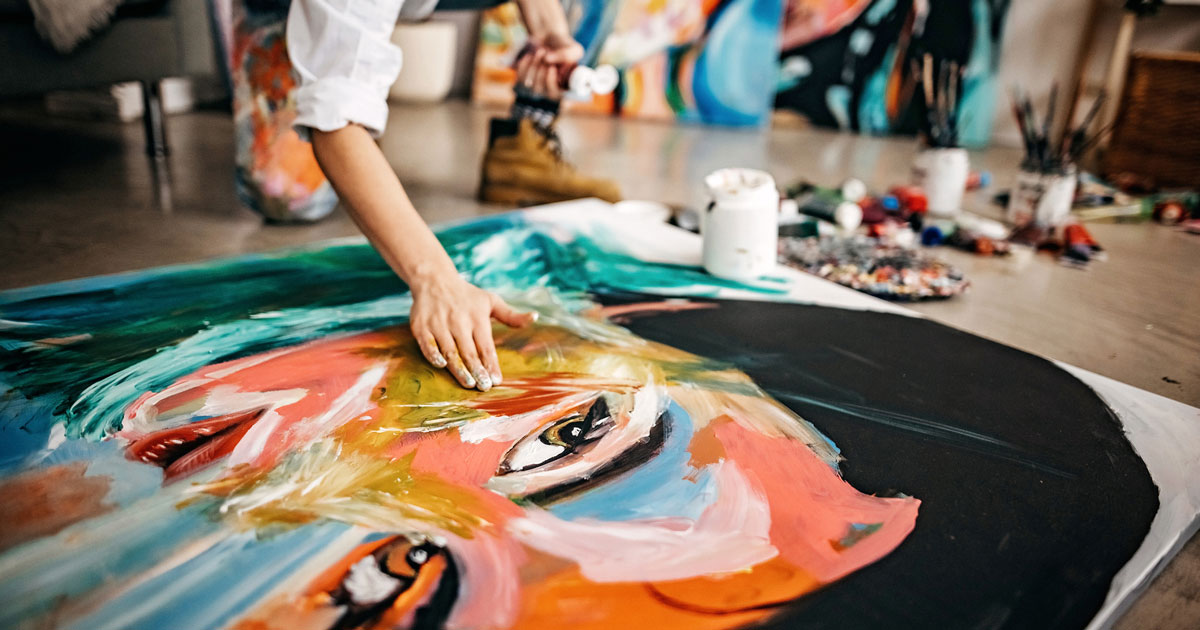
Art therapy is a research-backed treatment method often linked to a psychotherapy practice that helps people use creative expression via the visual arts to demonstrate their thoughts, emotions, and more. For those with SUD, art therapy can be a way to freely express their ideas and emotions surrounding both their experiences with SUD as well as any underlying issues that contributed to SUD. In a formal art therapy session, the drawings, paintings, sculptures, or other works produced can be discussed so both client and therapist can develop a better understanding of the issues at hand.
Art can be therapeutic on a less formal basis, as well. The thoughts youíre having can be difficult to say out loud, and you may be unsure how to accurately depict how youíre feeling, but art therapy makes the process easier while still reaching the intended goal. Even if youíre simply creating art solo or as a small group, the healing power of art may be exactly what you need to express your own feelings.
You may be asking, ďHow does art help addiction?Ē While SUD is something to be managed rather than cured, using art therapy can help those struggling to refrain from using harmful substances.
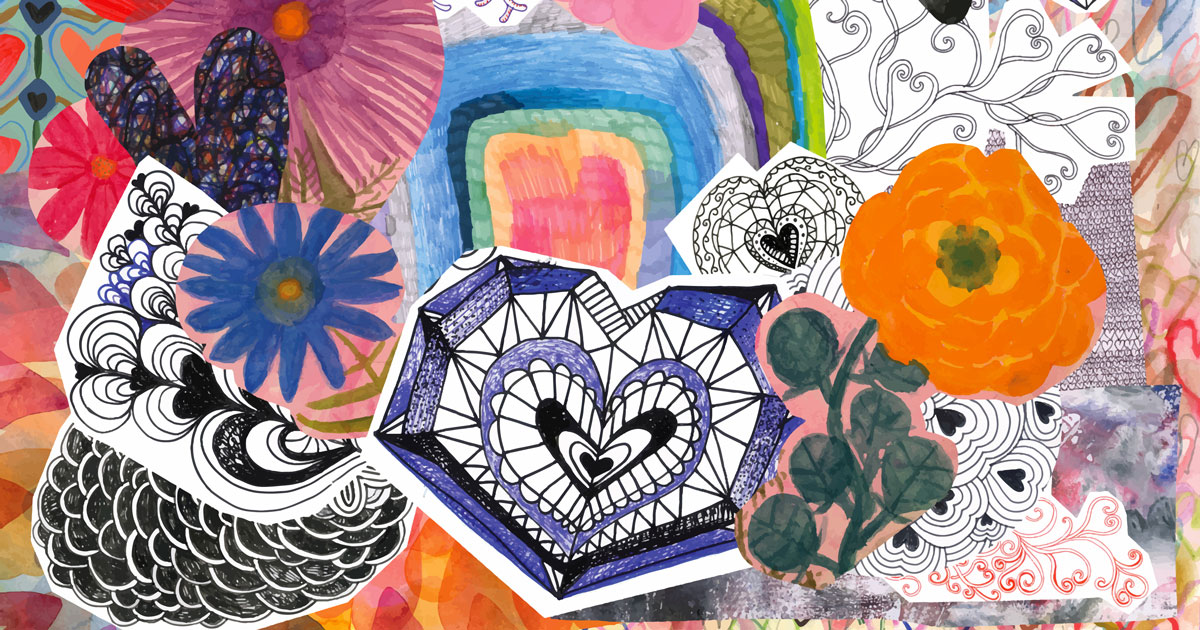
Addiction Recovery and Creativity
Art therapy isnít designed to make you the next Picasso, but it can help you express yourself and learn more about who you are. In fact, one of the most significant advantages of participating in the creation of art is the ability to illustrate your emotions.
You may feel ashamed that youíre meeting with a nonprofit or a treatment center. You may have experienced isolation from your family that is difficult to discuss. These situations can be hard to put into words, but rather than talk it out and risk giving inaccurate descriptions, you can draw it out. If drawing doesnít do it for you, you can use paint, sculpture, or even dance to depict your emotions. No matter the feelings, experiences, traumas, or mental state, you have the ability to express them through art.
Art can also help those who feel tied down or unsure of who they are. Many people with SUD experience denial, and many who complete treatment are unsure regarding the work they need to do to maintain recovery. However, art can be reflective of who you are as a person. If you notice your drawings contain imagery of darkness and loneliness, this may help you realize how you feel about yourself. By creating art frequently, you can see the progress in your works as time goes on, and not just in the quality itself.
When you put your art out into the world, your shoulders may feel less heavy. You donít have to carry your emotions with you forever, and releasing your negative energy through art can help you feel free from it all.
How Can I Be Creative?
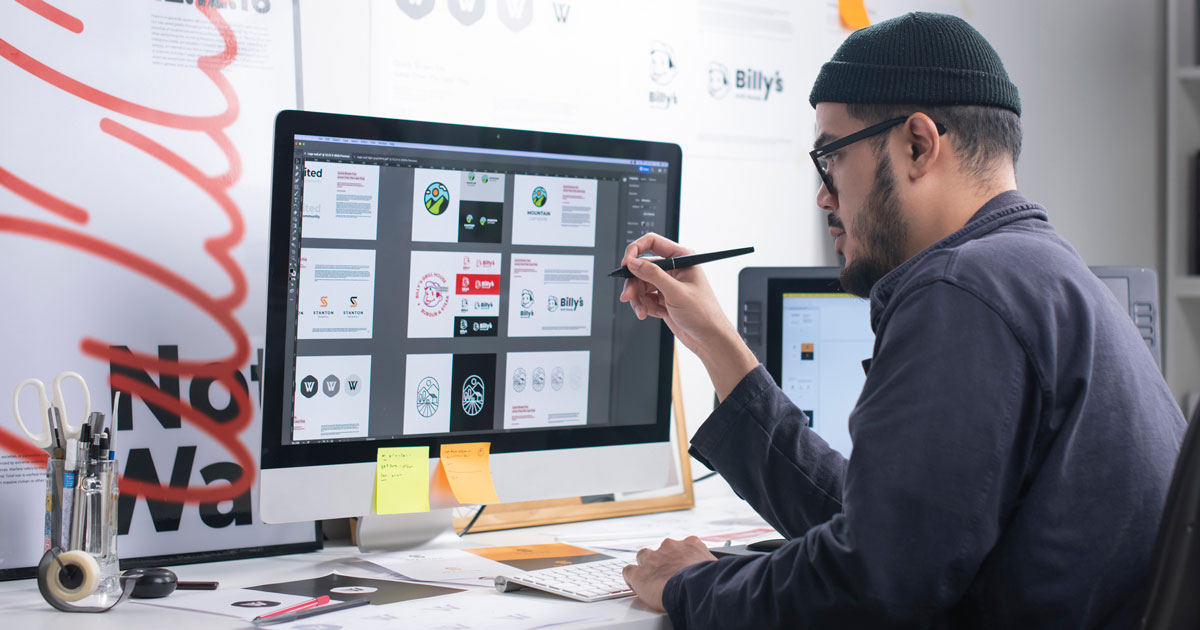
A profound realization many of us have when utilizing art as therapy is that you can express yourself in many different ways. Youíre not limited to pencil and paper. While art therapy typically incorporates visual media like drawing, painting, and sculpture, art can take many forms. If you like to sing or play an instrument, you can compose songs that illustrate how youíre feeling. If youíve always dreamt of being an actor or actress, you can write your own script and create characters that represent your struggles. Art therapy has no limits.
Here are some ideas to consider if youíre thinking about practicing art therapy:
All art forms have the ability to not only help you express how you feel but help you free yourself from any emotions or experiences tying you down.
Recovery, Mindfulness, and Distraction

One of the most trying aspects of recovery is the stressors and triggers we experience that may have us wanting to return to substance use. Relapsing occurs when people return to using substances, often to numb themselves from these common stressors and often under the false belief that once the stress has passed, they can return to sobriety. Through art therapy, you can learn new, healthier ways to cope with both stressors and triggers. Art therapy teaches new skills and enables you to focus on a creative, productive task that is both distracting and fulfilling.
Art therapy can be a great way to marry the mindfulness practices often taught during SUD treatment with a focus on a healthy outlet for your feelings. For example, if you have the urge to reduce stress by returning to drinking alcohol, this is where art therapy can become involved. At your next opportunity, you could illustrate how you felt when you wanted to drink, as well as any emotions or concerns you had at that moment.
Whether you want to draw a comic depicting the situation or simply create an art piece that represents your feelings at the time, you are staying focused on the moment and how you feel in the present. Rather than feel conflicted when wanting to turn to a substance, you can instead turn to your preferred art form and express yourself.
Is Distraction Okay?
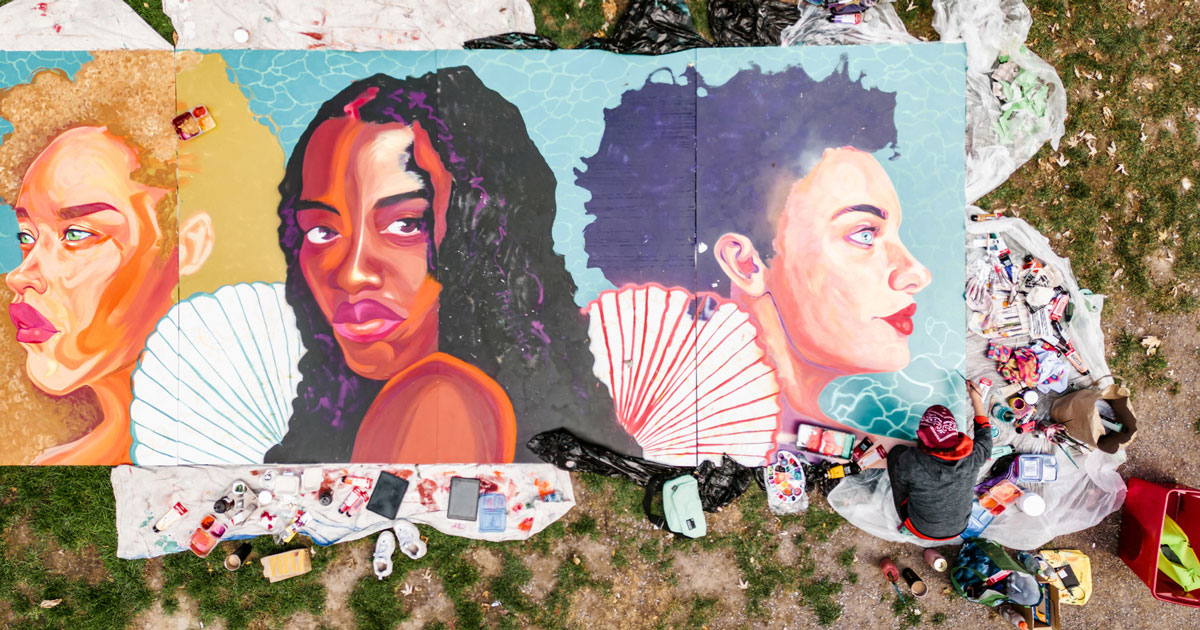
When we say distraction, we are referring to your ability to shift your focus from the urge to use substances to release your energy in another, healthier way. Distraction is not always effective or desirable; for example, distracting yourself with TV every time youíre stressed isnít productive and can actually impede you from getting work done. However, if youíve been considering picking up a substance again, turning toward art is healthier, both physically and mentally.
Taking your mind off triggers and stressors isnít always easy, but it can certainly be effective. In fact, a study from 2010 showed that distraction can be an effective means of coping with difficult circumstances. Rather than focus on the thought of relapsing, you can instead turn to your preferred art form. The distraction keeps you away from harmful substances while furthering your recovery journey with artistic expression.
Connection to an Addiction Recovery Community
Another advantage of art therapy that often gets overlooked is the ability to form bonds with others in situations very similar to your own. Art brings people together, and whatever you choose to create will bring in new connections who can have whatever role you want them to in your recovery. These people arenít here to judge but can help you interpret what youíve expressed, share their own artistic works, and more.
There are several other ways art can be beneficial in terms of community and connecting with others.
Creating a Safe Space
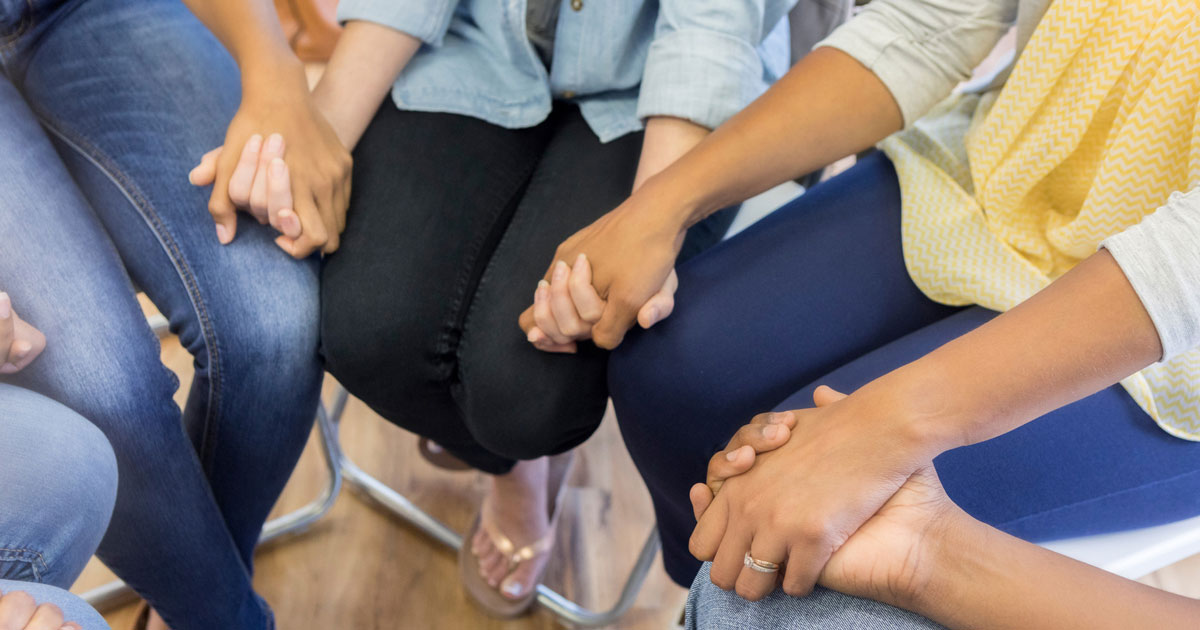
Taking the first step in asking for help can be daunting for many. However, when you finally do meet with others who understand what youíre going through, it becomes easier to express yourself and discuss how you feel. Using art can be an effective tool in helping you communicate your feelings without words.
For example, letís say you had a painful experience during your time using substances. This experience has held you down for years, and it was difficult to get through it and seek help. Others around you may have had similar experiences, but no one will have yours. Still, this can be a great opportunity to share your art with others and discuss it together. Others on the path toward recovery are looking to provide support to their peers, and art therapy can be a tool that prevents those from feeling ashamed of their emotions and experiences.
Group Art Project

Many people recovering from SUD are hesitant to work with others out of fear, but the end result of a group art project may be worth it. Taking part in a group project at a treatment center, peer group, or even an informal get-together not only helps you express your own personal feelings but allows you to connect with others in a similar manner. Others who see this art will wonder what the inspiration was, and you can either communicate your thoughts to them or leave it up for people to interpret.
Dedicated Art Therapy
Art therapy sessions with a trained art therapist in your community, whether solo or in a group setting, can be a valuable way to reflect on your SUD, its causes, and your recovery. When a trained individual is there to facilitate the project and the creative process and guide you as you explore what youíve created, you can once again begin making connections between your emotions, your inner self, and your experiences.
If youíre in a group setting, you, the therapist, and your group members can begin to understand the conflicts or triggers that are leading to your current emotions. Together, you can draw on shared experiences to tackle these issues and suggest ways to resolve them productively.
Creativity for Addiction Recovery?
Unfortunately, many people believe art only serves to entertain, but this is patently untrue. In fact, studies have shown that art as a way to recover from SUD can be incredibly effective. For people with mental health issues and SUD, art can be a critical component of a recovery toolkit. It can also help your mental health professional better understand you and help you navigate toward a brighter future.
Art has existed for millennia, both as an essential form of communication and as a means of creative expression. Today, it can still be found anywhere and everywhere. People with SUD who have previously felt defeated and isolated from the world can reconnect with it once again through art.
For example, consider how the brain can only hold so much information, and it can be difficult to process it all internally. For many people, jotting down a note on paper can not only serve to help them remember the thoughts occurring at any given time, but they may also interpret them differently after viewing it on paper. The same concept applies to art; expressing whatís going on in your brain visually, whether via ink, paint, clay, or something else, allows you to show others your mental state and better understand these emotions yourself.
Find Creativity and Recovery at ECHO
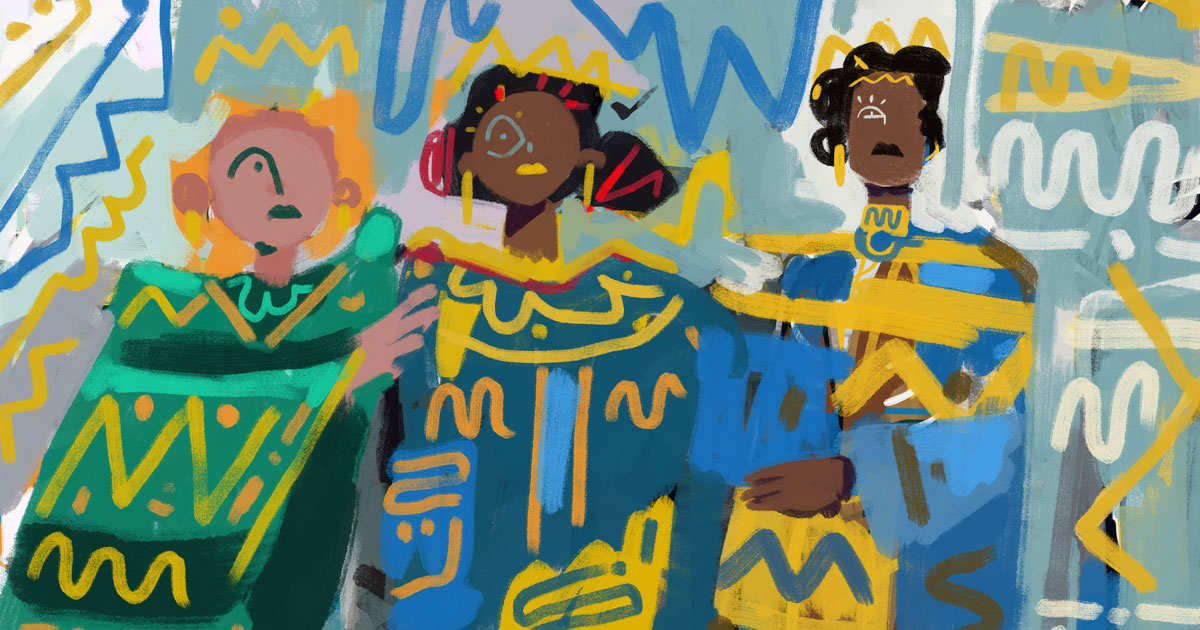
Find Creativity and Recovery at ECHO
ECHO Recovery is a nonprofit foundation and education organization intended to provide tools and resources to those struggling with SUD. We are proud to offer a housing program for those who wish to seek recovery and continue our efforts to help people find healing through the power of art.
Our Art Corner can serve as a way for art teachers, art therapists, and people in recovery to find art classes, participate in or organize community events, and even browse art created by people just like you. Art can be used as a healthy tool to both express your inner thoughts and reflect on who you are, so you donít have to rely on the substances that once harmed you. Use our resources and the power of art as a means of managing this challenging situation and find joy in the process.
The post How Creativity Aids in Addiction Recovery appeared first on Echo Recovery.


